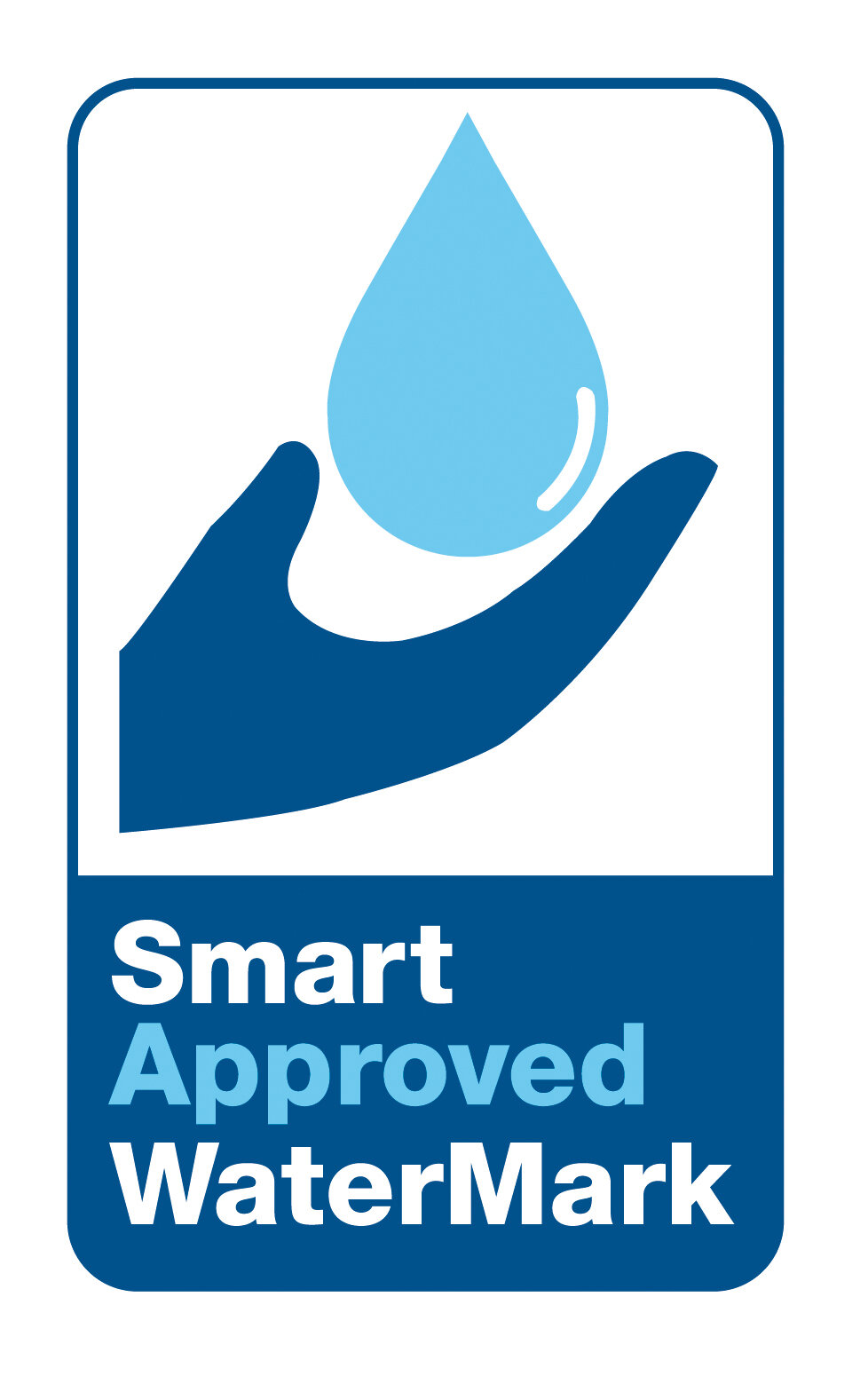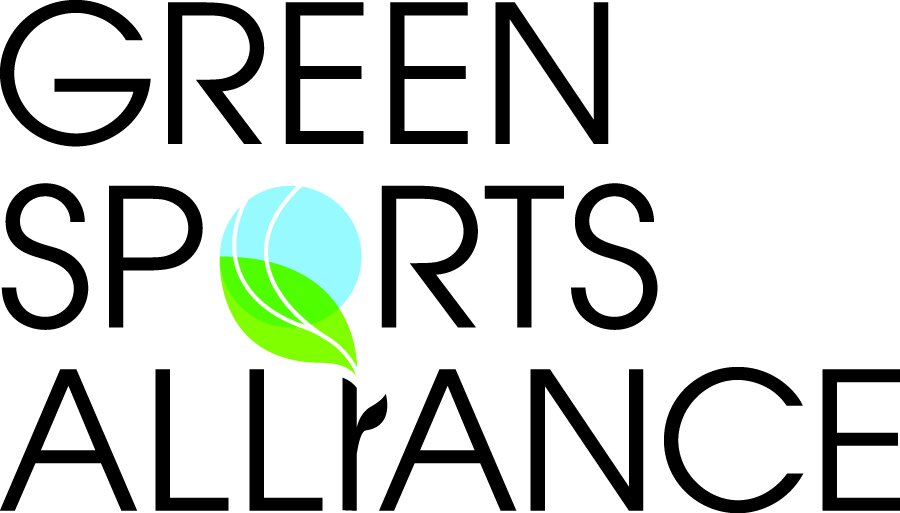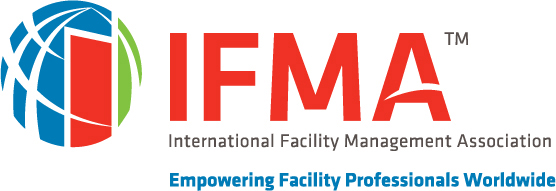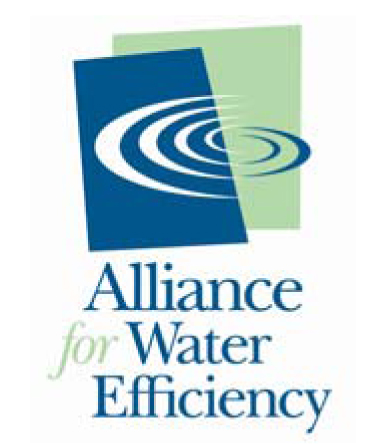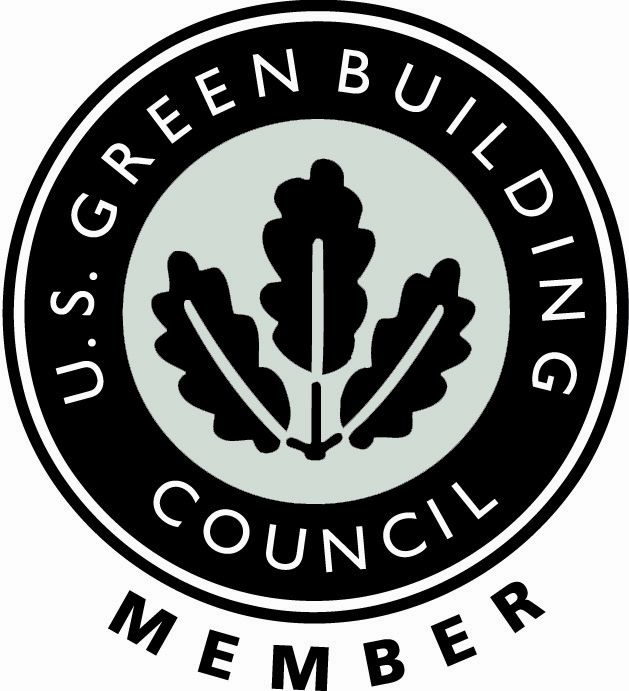The 1997–1998 El Niño was the warmest and wettest season ever experienced in California. Some areas of the state that normally receive only several inches of rain the entire year, received 20 inches or more in one month.
“But the heavy rainfall from El Niño does not mean drought conditions are over,” says Klaus Reichardt, CEO and founder of Waterless Co Inc. “La Niña is typically right behind. That’s a cooling period [that] causes rainfall to be reduced dramatically, and can last longer than an El Niño.”
In fact, three of the past five major El Niño periods have all been followed by very dry La Niña periods.
Because of this, Reichardt suggests that building owners, managers, and facility service providers must “not put down their guard. Water concerns, droughts, and shortages are now a part of life in many parts of North America.”
To address this situation, Reichardt suggests the following:
· Move from water conservation to water efficiency. Water conservation is short-term water reduction; water efficiency is a long-term reduction in water consumption.
· Make wise water choices. Whenever making a restroom or kitchen product selection, consider the amount of water the product uses first.
· Increase recycling. We save about 3.5 gallons of water just by recycling a pound a paper – the equivalent of a typical daily newspaper.*
· Reduce beef consumption. Pound for pound, beef has a much higher water footprint than vegetables, grains, or beans. Producing a single pound of beef requires, on average, 1,800 gallons of water.*
“And just start becoming more water conscious,” adds Reichardt. “We have all become energy and fuel conscious and it has paid off. Now we must do the same with water.”
For more information on how to use water more efficiently, please contact a Waterless Co representative.














